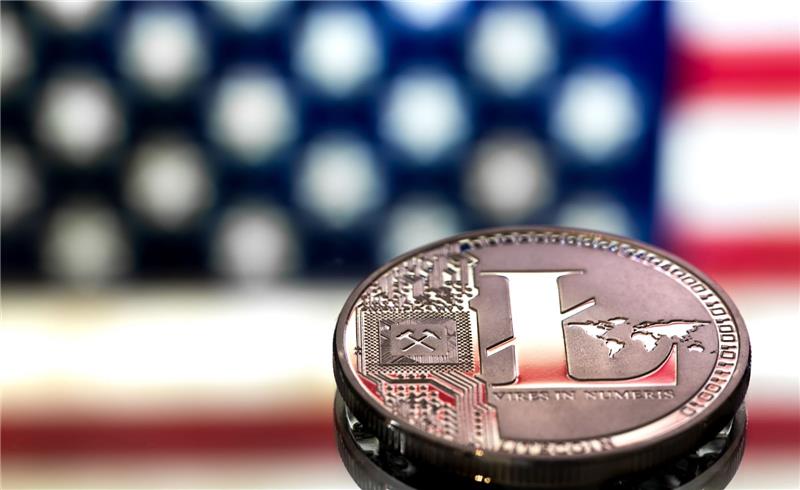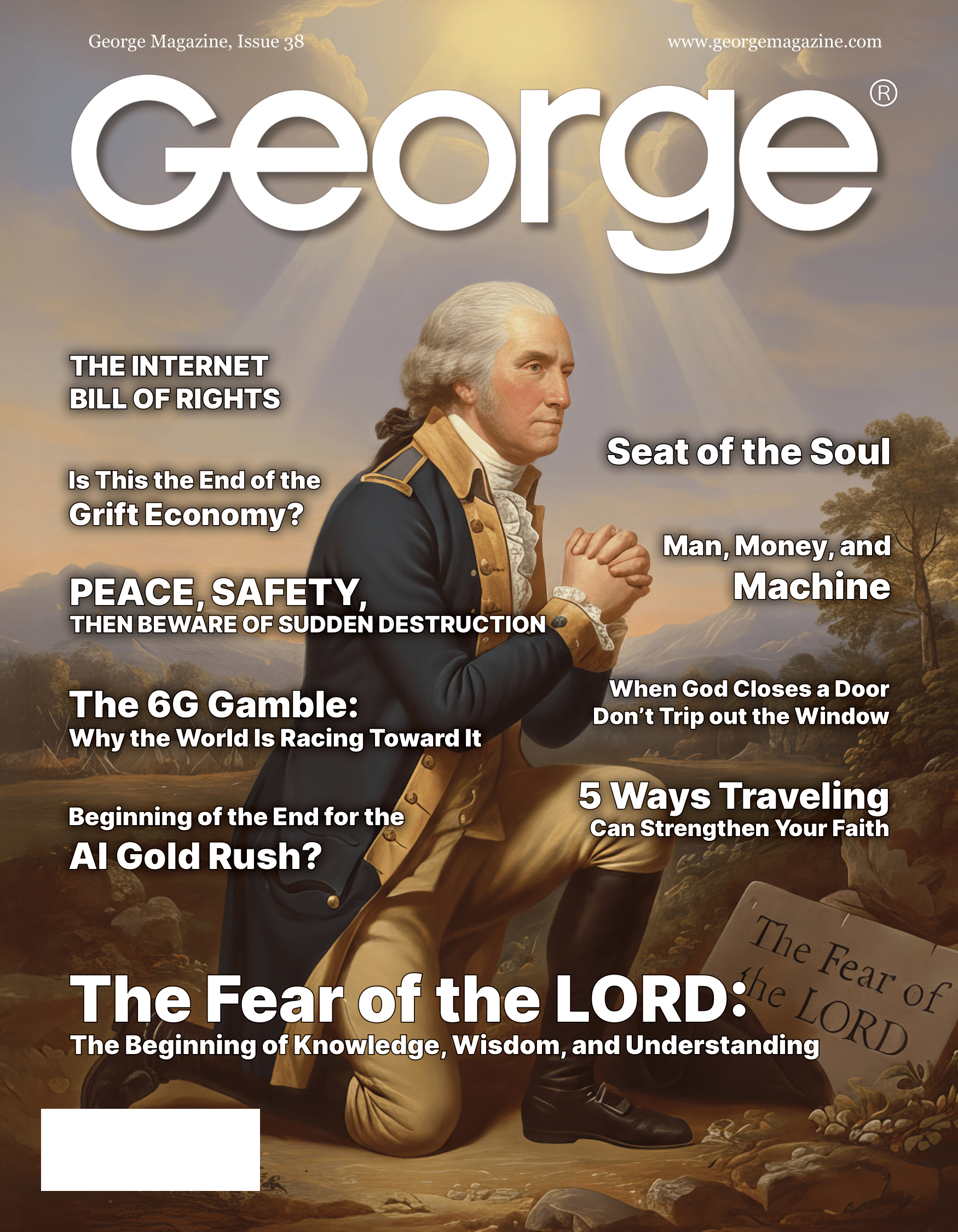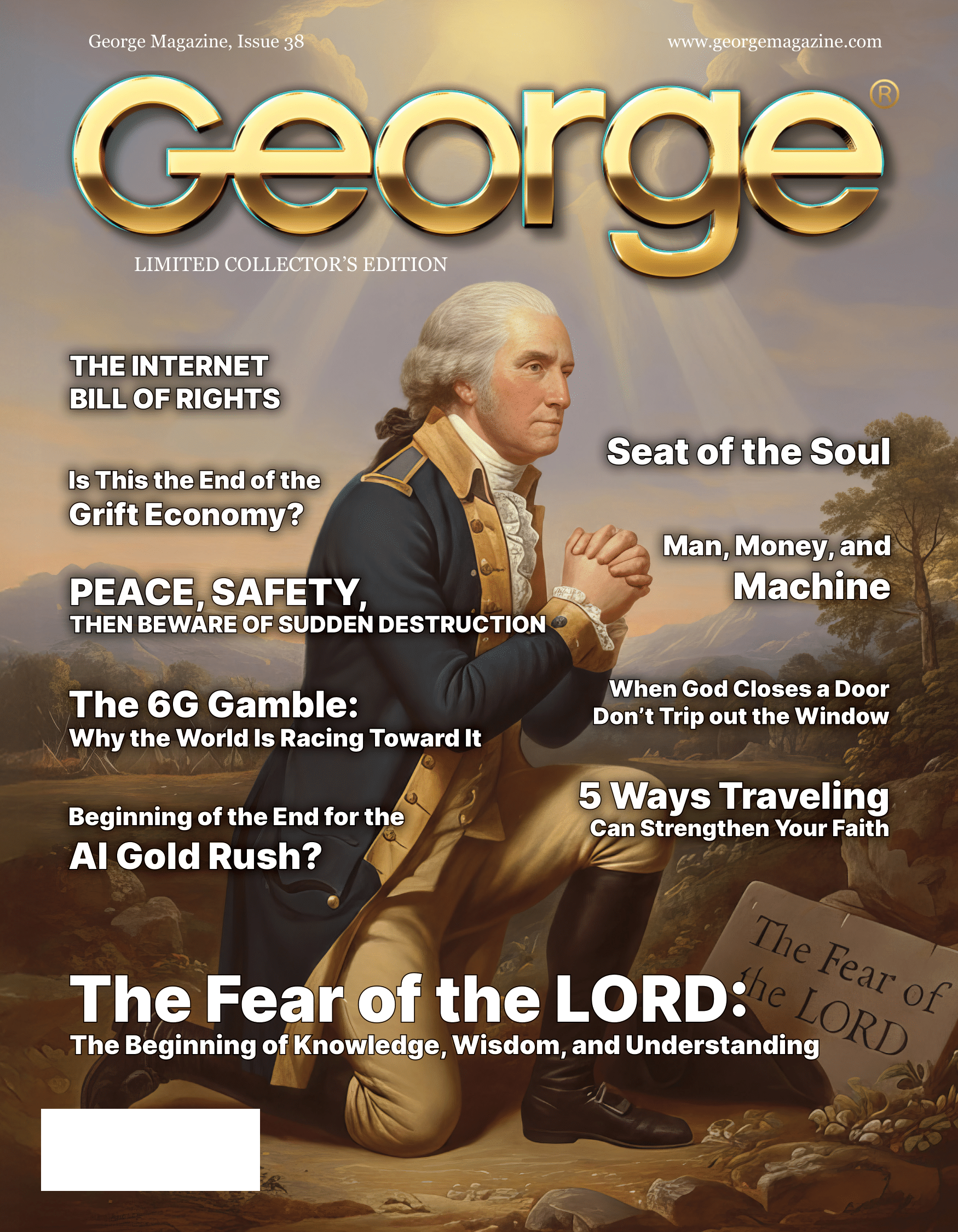“USDT saved me $12,000 in one day. That’s when I stopped underestimating stablecoins.”
I still remember the chaos of Spring 2021. Gas fees were insane. ETH was practically unusable for any transaction under five figures. I was managing a DeFi strategy that hinged on fast swaps – and one misstep could’ve cost me five digits.
The fix? I swapped my ETH into USDC in seconds and bridged my liquidity before the next spike. Saved my portfolio. Saved my sanity.
Real talk: Stablecoins aren’t boring. They’re the infrastructure of crypto now.
🚨 2026 Isn’t “Next Gen” – It’s Now
Here’s the hard truth:
Most investors still treat stablecoins like they’re interchangeable.
They’re not. Not anymore.
- The stablecoin market has blown past $300B and is targeting $500B by 2026
- USDT handles more volume than most payment networks – over $8.9T annually
- USDC is now fully MiCA compliant in Europe – giving it the regulatory green light across 27 nations
- Regional stablecoins are launching in Asia and Europe to challenge dollar dominance
“Dollar-pegged stablecoins now make up 99% of the market.”
– Bank for International Settlements, 2025
🤔 So… What’s the Problem?
It’s not hype that’s the issue – it’s clarity.
Investors and builders alike are asking:
- “Which one do I trust?”
- “How do I choose between them?”
- “Are some better for business vs. trading?”
- “What happens if regulators shut one down?”
Spoiler: You can’t just throw a dart at a stablecoin ticker anymore.
Different coins solve very different problems now.
And if you’re not aligning your use case with the right coin, you’re gambling.
💡 What You Need to Know (Right Now)
Let me give it to you straight:
- USDT = unmatched liquidity for active traders
- USDC = the compliance king for businesses and treasuries
- DAI & decentralized stables = pure DeFi freedom, but they’re technical
- BUSD = legacy play on BNB Chain – still usable, but fading
- Regional stables = regulatory arbitrage in action across Asia & Europe
You’ll hear more noise in 2026 about “which stablecoin is best.” Ignore the marketing. Start with this question instead:
👉 “What do I need this stablecoin to do?”
📉 The Stakes Are Higher Than Ever
Why this matters now:
- The GENIUS Act (July 2025) set a clear regulatory path for private stablecoins in the U.S.
- The ECB, IMF, and BIS are openly warning about monetary sovereignty risks
- Major banks are building their own digital euros and pushing back on dollar-backed options
In other words – this isn’t a side bet anymore.
This is the beginning of the global currency redesign.
“Your Strategic Decision Framework” – We’ll break down how to actually evaluate these stablecoins based on your use case, risk appetite, and regulatory exposure.
I’ll share:
- My own stablecoin allocation model
- The Liquidity–Compliance Matrix I use for consulting
- What to never do when choosing between centralized and decentralized options










